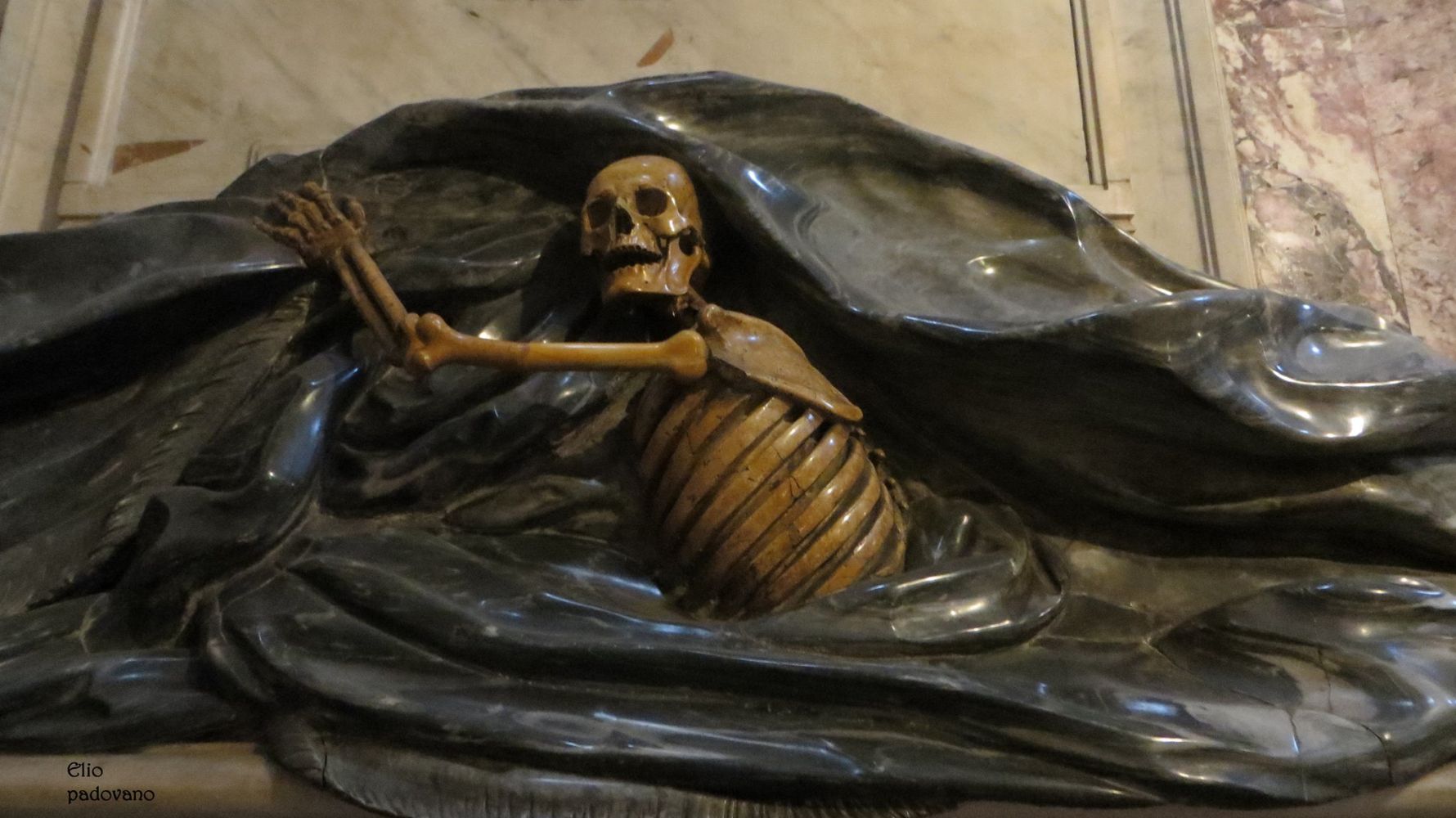

Some time ago I left you speaking about the “Arco di San Pierino” (Arch of San Pierino), between Via dell’Oriuolo and Piazza San Pier Maggiore in Florence; and now, we find ourselves back in this spot, where there are actually two “archi di San Pierino”. The one we are now talking about is the imposing building made up of three archways –two of which have been filled in, and one which opens up to make way for Via San Pier Maggiore- plastered in white, with light stone detailing; the arch is located between Piazza San Pier Maggiore and Via Verdi. Home today to residential apartments and shops, the building was once a monumental gateway, erected by Matteo Nigetti in 1638 across the Romanesque San Pier Maggiore church, which was demolished in 1784 along with its annexed Benedictine monastery under the instruction of Granduca Pietro Leopoldo di Asburgo-Lorena. He deemed the church to be too dangerous, but it was likely that the collapse of one section of the building that prompted the duke to tear it down was merely a justification to liberate Florence from an overbearing religious presence.
As a matter of fact, in the past, the Abbess of San Pier Maggiore used to symbolically and mystycally marry the new Bishop of Florence as soon as he arrived in the city, letting him stay the night in the monastery; the next morning, he used to walke barefoot to go and sit in the Cathedral. This ceremony was worthwhile for the Abbess, who was known among indecent Florentines as “the Bishop’s wife”..!
During the 18h century, the Marquis Luca degli Albizi wanted to be buried in the church, where members of his family had already been entombed for centuries (as expressed on the epigraph found on the “Arco di San Pierino”, and by its proximity to the block named after the family (Borgo Albizi), where their home used to be). The two memorial statues the Marquis commissioned for himself and for Gerolamo degli Albizi, along with the Baroque chapel that housed them, were constructed from 1700 to 1709 by Giovan Battista Foggini. When San Pier Maggiore was destroyed, the chapel and its fixtures were dismantled and carefully reassembled in the ancient and little-known San Paolino church, located in the square of the same name. The church is found along the right-hand-side of Via del Palazzuolo.
There are two walled tombs in Florence which are, to our knowledge, entirely unique. Looking past their remarkable architectural frameworks, we can concentrate on the splendour of the tombs themselves. Foggini reused an old marble sarcophagus from the 15th Century which was sculpted by Lorenzo Ghiberti -creator of the bronze doors of the Florence Baptistery- for Maso degli Albizi (who died in 1417). For hundreds of years in San Pier Maggiore, it was split lengthways into two sections, where each half was leant against opposite walls of the chapel. On the bottom of each half of the box (on the sides that face the church aisle) you can actually find a delicate bas-relief sculpture, portraying the two halves of a dog that has been cut in half (the sculpted slab, of course). This has, for years, symbolised friendship and fidelity, especially within couples. This detailed sculpture, along with the elegance of the Roman numerals inscription found on the marble tomb, proved Ghiberti’s work to be extremely refined.
Giovan Battista Foggini completed these twin structures with the addition of two breath-taking sculptures: lavishly-adorned shrouds made from dark marble, being raised by two menacing cream marble skeletons. The moral and religious connotations were blindingly evident. Foggini, for these works, was inspired by the famous memorial monuments of Popes Urbano VIII Barberini and Alessandro VII Chigi, sculpted by Gianlorenzo Bernini in Saint Peter’s Basilica, Vatican City. It is interesting to note how the same symbols –for example, an angel or a skull– can be portrayed in such differing ways, from the Baroque era to the Rococo era. For Bernini and Foggini, the skull is a shocking memento mori; in Munich’s Asamkirche, a Rococo masterpiece by the Asam brothers, the confessionals are adorned with adorable small plaster angels playing bocce ball with skulls (also made from plaster)..!
Thanks to my friend and colleague ©Elio Padovano for these beautiful pictures.
